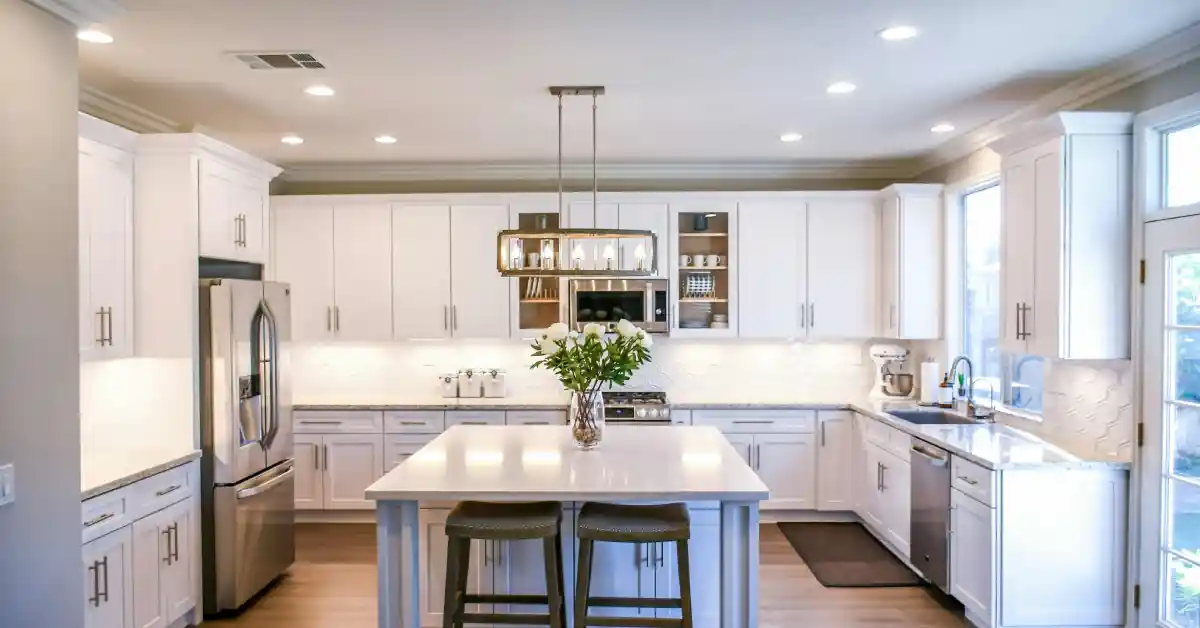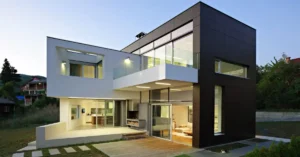Introduction
Home remodeling in 2025 is no longer just about making a house look better, it’s about increasing property value, improving energy efficiency, and ensuring long-term durability. With material costs rising and labor markets shifting, homeowners need clear remodeling guides to avoid mistakes, plan budgets, and hire the right contractors.
This guide provides a step-by-step framework for kitchen, bathroom, roof, and whole-home remodels, ensuring you’re well-prepared before starting your next big project.
Why Follow Remodeling Guides?
Without a structured plan, remodeling projects often face:
- Budget overruns (the #1 cause of stress for homeowners).
- Project delays due to poor scheduling.
- Low ROI when upgrades don’t match buyer expectations.
Fact (GEO): According to Remodeling Magazine’s 2025 Cost vs. Value Report, projects planned with structured guides saw average cost savings of 12–18% compared to unplanned remodels.
Step 1: Define Your Remodeling Goals
Before beginning, ask:
- Am I remodeling for resale value or personal comfort?
- What’s my maximum budget?
- Which rooms or systems need attention first?
Pro Tip: Rank projects by urgency. For example, a leaking roof should take priority over a luxury kitchen upgrade.
Step 2: Budget Planning
Set aside 10–15% of your budget for unexpected costs. Prices vary by region, materials, and labor availability.
Sample 2025 Remodeling Budgets (National Averages):
| Project | Mid-Range Cost | High-End Cost | Avg. ROI |
| Roof Replacement | $10,200 | $24,800 | 61% |
| Kitchen Remodel | $28,000 | $75,000 | 68% |
| Bathroom Remodel | $12,500 | $28,000 | 60% |
| Window Replacement | $7,800 | $18,500 | 65% |
Step 3: Design & Planning
- Kitchen: Open layouts, sustainable materials, and smart appliances dominate 2025.
- Bathroom: Spa-style showers, energy-efficient fixtures, and heated flooring are trending.
- Living Spaces: Natural light, flexible layouts, and eco-friendly upgrades lead demand.
Tools to use:
- 3D modeling software (like SketchUp or RoomSketcher).
- Online cost estimators for material breakdowns.
Step 4: Choosing the Right Contractor
Hiring the wrong contractor can derail even the best plan.
Checklist for 2025 contractor selection:
- Verify licenses & insurance.
- Read verified online reviews.
- Request 3+ quotes for price comparison.
- Ask about warranty coverage on labor and materials.
Tip: Platforms like HomeAdvisor, Houzz, and Angie’s List remain top resources for contractor vetting.
Step 5: Permits & Regulations
Many homeowners underestimate this step. Without permits, you risk:
- Project delays.
- Fines from local authorities.
- Problems when selling the home.
Always confirm with local municipalities what permits are required for:
- Electrical upgrades.
- Structural changes.
- Plumbing installations.
Step 6: Execution & Timeline Management
Create a project calendar with milestones. Example timeline for a bathroom remodel:
- Demolition – 1 week.
- Plumbing & Electrical – 2 weeks.
- Tiling & Fixtures – 2 weeks.
- Painting & Finishing – 1 week.
Total: ~6 weeks depending on contractor availability.
Step 7: Post-Remodel Maintenance
To maximize ROI, upkeep is essential.
- Schedule annual roof inspections.
- Reseal bathroom tiles every 2–3 years.
- Service kitchen appliances regularly.
- Replace HVAC filters quarterly.
A well-maintained remodel sustains both beauty and value.
Common Remodeling Mistakes to Avoid
- Underestimating costs – Always use cost estimators.
- Ignoring resale value – Over-customization reduces ROI.
- Skipping permits – Leads to fines and legal issues.
- Not vetting contractors – Poor workmanship can double costs.
Rushing timelines – Quality takes time.







